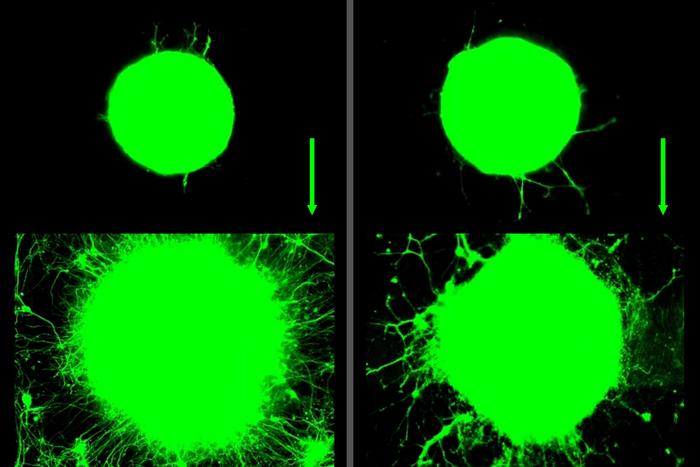Summary: MIT researchers have discovered that exercise benefits extend to individual nerve cells in two surprising ways. Their study shows neurons grow four times faster when exposed to biochemical signals from exercising muscles, and similar growth occurs when neurons experience physical movement similar to exercise.
Published in Advanced Healthcare Materials, November 2024. | Reading time: 6 minutes
Exercise strengthens more than just muscles. New research from MIT reveals that physical activity can directly stimulate nerve cell growth through both chemical signals and physical movement, offering hope for treating nerve injuries and neurodegenerative diseases.
The study, led by MIT’s Department of Mechanical Engineering, demonstrates for the first time that neurons respond equally well to both the biochemical soup released by exercising muscles and the physical forces of movement.
A Two-Way Conversation
“Now that we know this muscle-nerve crosstalk exists, it can be useful for treating things like nerve injury, where communication between nerve and muscle is cut off,” says Ritu Raman, assistant professor of mechanical engineering at MIT. “Maybe if we stimulate the muscle, we could encourage the nerve to heal, and restore mobility to those who have lost it due to traumatic injury or neurodegenerative diseases.”
When muscles exercise, they release chemical signals called myokines. The research team found that neurons exposed to these signals grew four times farther than unexposed neurons.
The Surprising Power of Movement
The discovery that physical movement alone could stimulate nerve growth came as an unexpected bonus. The team used magnets to make neurons move back and forth, mimicking the physical effects of exercise.
“That’s a good sign because it tells us both biochemical and physical effects of exercise are equally important,” Raman notes.
From Lab to Treatment
The research builds on previous success in restoring mobility to injured mice through exercised muscle grafts. The team’s latest findings reveal the cellular mechanisms behind this recovery.
“Exercise seems to impact not just neuron growth but also how mature and well-functioning they are,” Raman explains. The implications could be significant for treating conditions from traumatic injuries to ALS.
Looking ahead, Raman emphasizes the broader potential: “This is just our first step toward understanding and controlling exercise as medicine.”
Glossary of Terms
- Myokines: Biochemical signals released by muscles during exercise
- Motor Neurons: Nerve cells in the spinal cord that control voluntary muscle movement
- Axons: Long extensions of nerve cells that transmit signals
- Neurodegenerative Diseases: Conditions causing progressive nerve cell deterioration
- Gene Expression: Process by which genetic instructions are used to create proteins and other molecules
Test Your Knowledge
- Q: How much faster did neurons grow when exposed to muscle exercise signals?
A: Four times faster - Q: What are the two ways exercise was found to stimulate nerve growth?
A: Through biochemical signals (myokines) and physical movement - Q: What did researchers use to simulate physical exercise for neurons in the lab?
A: Magnets that moved the neurons back and forth - Q: What potential medical applications could this research have?
A: Treating nerve injuries and neurodegenerative diseases
Enjoy this story? Get our newsletter! https://scienceblog.substack.com/
If our reporting has informed or inspired you, please consider making a donation. Every contribution, no matter the size, empowers us to continue delivering accurate, engaging, and trustworthy science and medical news. Independent journalism requires time, effort, and resources—your support ensures we can keep uncovering the stories that matter most to you.
Join us in making knowledge accessible and impactful. Thank you for standing with us!

